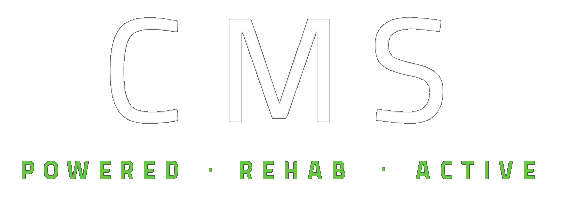Seating is split into three main categories – Cushions, Backrests and Headrests. All very important when it comes to providing appropriate postural support. When considering the best way to correct, accommodate or even to simply increase the individual’s comfort, the cushion will complement the backrest, and the backrest will complement the headrest, so always consider all three.
As with all our seating, we have access to many different suppliers so please get in touch to find out what we would recommend and how we can support you in the best way possible.
